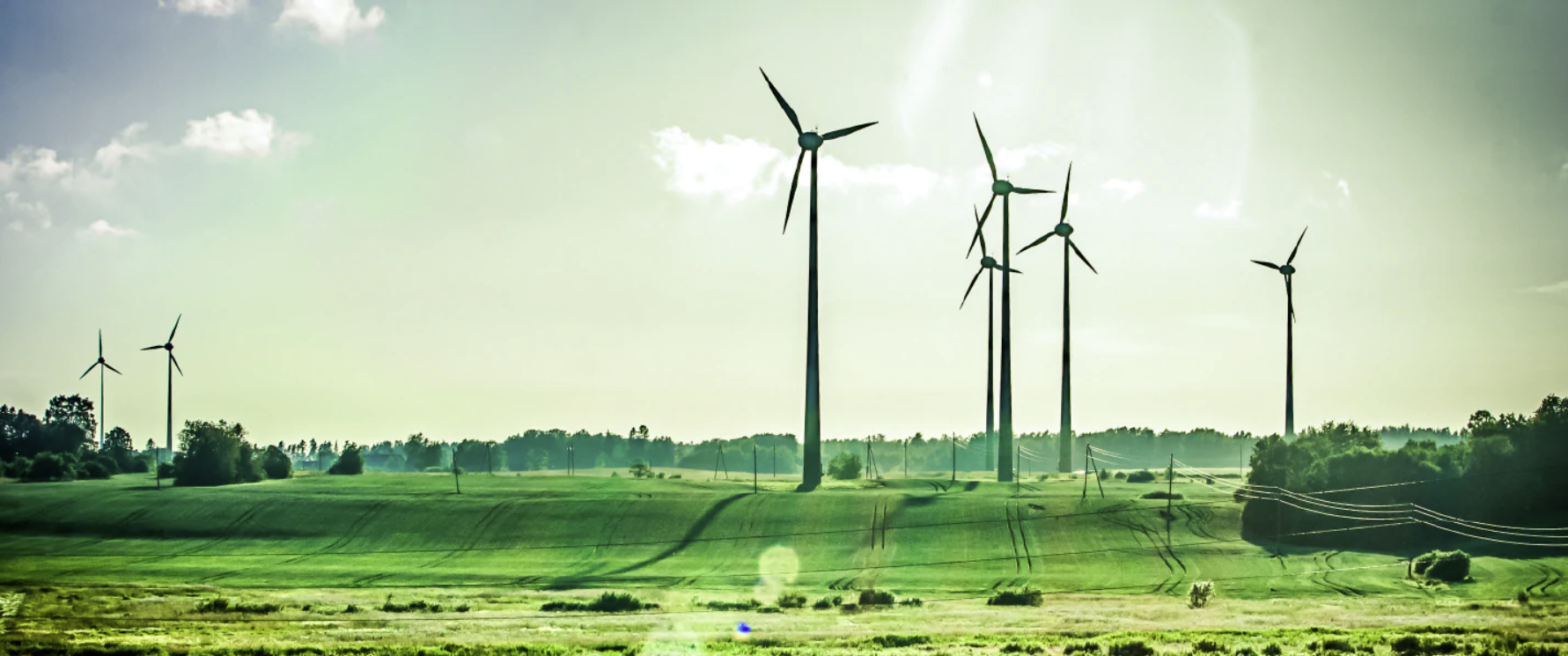News
News

Didier von Daeniken, Global Head, Private Banking, Standard Chartered Private Bank, one of CWEIC’s Strategic Partners, explains how banks can help investors understand, and make the most of, sustainable investments:
A conversation with a client two years ago had sparked me to rethink how financial institutions should be responding to what clients need. The client in question was looking to adjust her portfolio to include environmental and social considerations but received proposals that were still focused on traditional investments.
Two years on, we have become better at this, but more remains to be done. There are three obstacles we need to help investors navigate.
Bridging the knowledge gap
A lack of knowledge remains the biggest barrier for investors. Our annual study of investor interest in sustainable investing consistently tells us that while interest in this space has increased, sustainable investing may well fall short of becoming a mainstream investment solution anytime soon.
A knowledge gap persists. Investors’ lack of understanding of what sustainable investments are and their benefits is reflected in their high apprehension to invest. In our Sustainable Investing Review 2020, we asked investors how apprehensive they are about making a sustainable investment and found that the majority of affluent investors (93%) indicated apprehension. Part of this is attributed to the jargon around sustainable investing, with only 55 per cent of investors in Singapore and Hong Kong indicating that they understood commonly referenced terminology.
The financial sector needs to bridge this knowledge gap to enable investors to facilitate positive, sustainable economic growth while generating returns. As an industry, we can do more to address the proliferation of acronyms and rally for standardisation, while continuing to educate on the drivers behind sustainable investing.
Nailing impact personality differences
Beyond knowledge, investors are also shaped by their impact personalities. This year’s study, which we collaborated on with behavioural finance firm Oxford Risk, highlighted that investors’ approach is influenced more by their personality than their age or where they reside. We categorised five personality types – Optimisers, Impact Believers, Cautious, Apathetic and Resistant – which exhibit varying levels of interest in and apprehension towards sustainable investing.
Currently, most mainstream investors fall into the ‘Cautious’ category. They are curious and moderately interested in sustainable investing but have high levels of apprehension and are therefore hesitant to get started. They want to see evidence of financial returns first, supported by environmental/social outcomes before they act on that interest.
The most active conversations are driven by those in the Impact Believers category, who show the greatest interest in the topic. This comprises the more sophisticated investors and family offices, and they are comfortable with taking more risk to achieve higher impact in their investments. They like allocating a proportion of their portfolio to direct investments or private equity, as impact generated is more tangible. Being able to measure and achieve specific outcomes for these investors is critical.
Having informed and honest conversations
Our study, which was conducted amidst the Covid-19 pandemic, and data from industry research show that the increased global instability has shifted investors’ focus to resilience.
42 per cent of investors across the UK, UAE, Hong Kong, and Singapore expect to invest between five to 15 per cent of their funds in sustainable investments over the next three years. Morningstar data show that between April and June this year, funds that invest according to ESG principles attracted inflows of USD71.1 billion, taking assets under management in ESG funds to a new high of just over USD1 trillion.
While flows to ESG investments have increased, it is important for investors to understand that there is a wide range of sustainable solutions in the market and to understand what they are investing in – and why. I like explaining this in terms of the impact continuum, where on one side of the spectrum sits solutions closer to traditional investments and on the other side solutions closer to philanthropy. A large part of educating investors is centred around impact and returns and the trade-offs required. As finance professionals, we should not be overly simplistic when speaking about sustainable investments and performance.
Take for instance ESG investing. The trend of incorporating environmental, social and good governance factors into an investment is here to stay, but as an industry we need to continue to improve our understanding of materiality, develop more robust metrics and meaningful use of data if we are to continue mainstreaming this.
A 2019 paper “When sustainable practices yield sustainable profits: The path to a strategic edge” by Calvert and Harvard Business School found that as ESG becomes more popular, companies adopted an increasingly similar set of sustainability practices such that these become the basics of doing business. Incorporating these basic factors would therefore not contribute much towards driving relative outperformance. Hence, it will be important for investors to understand whether investee companies have a strategic ESG differentiation, and to evaluate this as part of looking at ESG integration.
Moving forward with sustainable investing
Ultimately, as a financial institution, we have an obligation to ensure clients better understand the different aspects of sustainable investing through education and tailor solutions to meet both their investment and impact needs.
Having deep insights into the motivations of clients and developing the tools to facilitate informed conversations will therefore be critical to progress our last mile work.


 All Articles
All Articles
